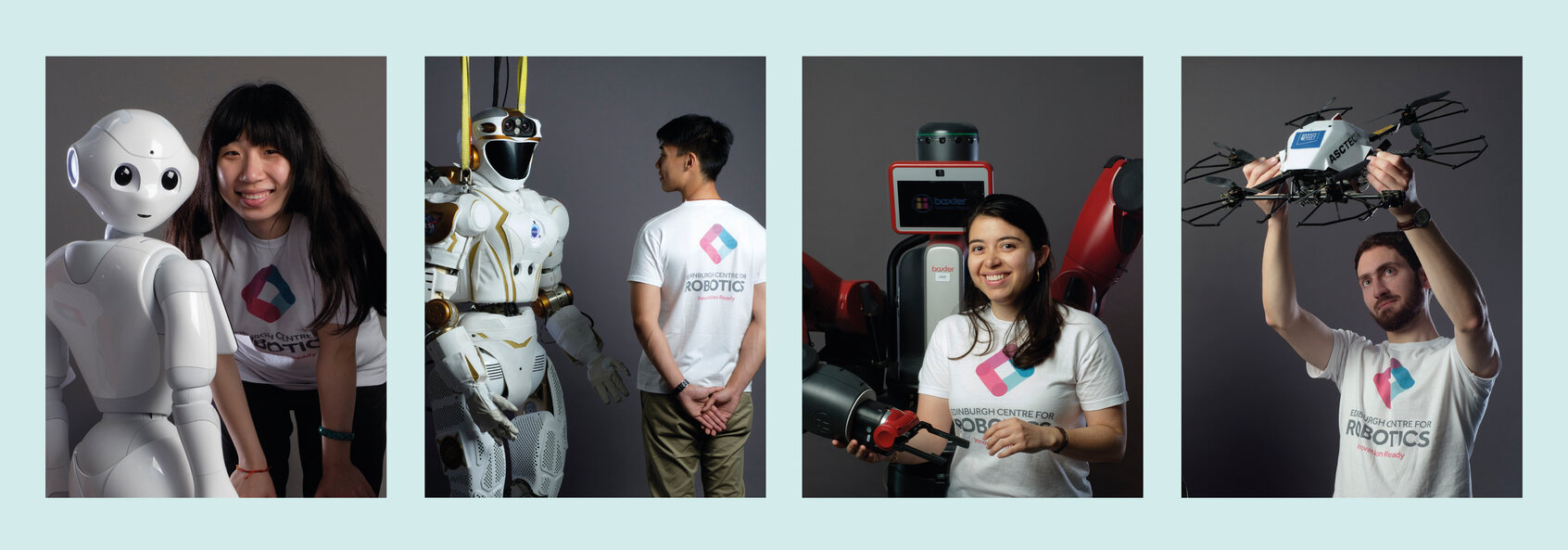14:15 - 15:15 Lecture
Biography
Farshad Arvin is a Postdoc Research Associate at School of Electrical and Electronic Engineering at the The University of Manchester, UK (since July 2015). From 2012 to 2015, he was a Research Assistant at the Computational Intelligence Laboratory (CIL) at the University of Lincoln, UK. He was awarded a Marie Curie Fellowship to be involved in the FP7-EYE2E and LIVCODE EU projects during his PhD study. Farshad visited several leading institutes including the Institute of Microelectronics at Tsinghua University in Beijing and recently, he visited the Italian Institute of Technology (IIT) in Genoa as the visiting research scholar. His research interests include swarm robotics, autonomous systems, and collective robotics. He has developed several swarm robotic platforms including Colias and Mona.
Abstract of Presentation
The presentation covers two topics:
1- Open-source & Open-hardware Swarm Robotic Platforms (15 min):
In this part, our previously developed robots for use in swarm robotics (AMiR, Colias, and Mona) are presented. The presentation includes architecture of Colias micro-robot (Colias-φ, Colias-E) and the research which has been performed using these robots. Also, the new open-source swarm robotic platform, Mona, which has been developed in UoM Robotic Lab is introduced.
2- Perpetual Robot Swarm (15 min):
Swarm robotics studies the intelligent collective behaviour emerging from long-term interactions of large numbers of simple robots. However, maintaining a large number of robots operational for long time periods requires significant battery capacity, which is an issue for small robots. Therefore, re-charging systems such as automated battery-swapping stations have been implemented. These systems require that the robots interrupt their activity, which influences the swarm behaviour. In our current research, a low-cost on-the-fly wireless charging system, composed of several charging cells, is proposed for use in swarm robotic researches. Results from a series of long-term experiments with different configurations demonstrated the system's ability to support perpetual operation of multi-robotic system.

